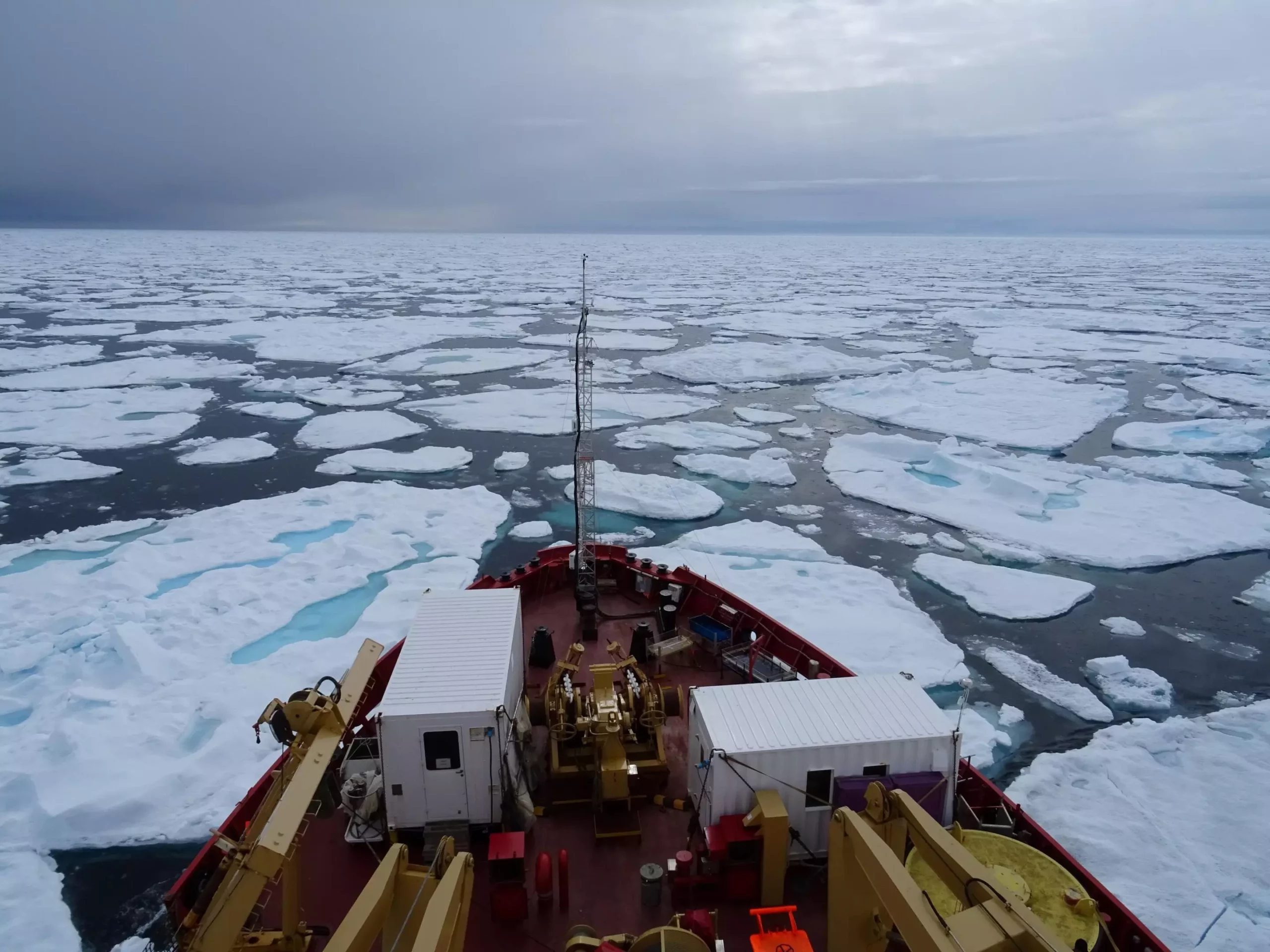The dreams of turning the Northwest Passage (NWP) into a bustling shipping corridor have recently been met with disheartening realities. A study dissected in *Communications Earth & Environment* unveils that rather than opening up, the ice-laden routes have actually contracted significantly over the years, particularly from 2007 to 2021. The initially optimistic scenarios surrounding a more navigable NWP, driven by melting ice due to global warming, are being overshadowed by an unfortunate trend of thick sea ice spooling southward from the Arctic Ocean. This revelation pulls back the curtain on the complexities and unpredictable nature of climate change.
Quantifying the Ice and Impact
Researchers, led by Alison Cook, employed sea ice charts from the Canadian Ice Service to assess the navigability of the NWP over a span of 14 years. Their methodical analysis revealed a reduction in the shipping season, particularly alarming in crucial areas such as the eastern Beaufort Sea, M’Clure Strait, and Viscount Melville Sound. The shipping season shortened by a staggering 14 weeks in one segment, while others shrank by five weeks. As these choke points emerged, it became increasingly evident that the NWP could not serve as a reliable alternative to established shipping lanes, challenging the previous outlook of its potential.
The Thicker Ice Dilemma
A central finding of this analysis is particularly alarming: the influx of thicker, older sea ice poses greater risks to vessels traversing these waters. In contrast to the previously predominant thinner and younger ice, this older ice threatens navigational safety. The changing character of Arctic ice not only complicates the quest for expanded navigation options but raises significant concerns about enhanced risks for shipping companies and crews, further impacting potential economic opportunities that arise from this maritime region.
Coastal Communities at a Crossroads
While economic analysts ponder over the viability of the NWP, it is worthwhile to consider the repercussions for the coastal communities within the Canadian Arctic Archipelago. The reliance on shipping for essential supplies underscores a critical vulnerability amidst these shifting conditions. If the NWP remains inhospitable to navigation, local populations may face dire consequences, exacerbating the difficulties they encounter in acquiring basic goods and food supplies. The unraveling hopes for an alternative route not only presents hurdles for businesses but also raises serious social implications for Arctic residents.
Rethinking Our Approach to Arctic Navigation
In light of this research, it is imperative for policymakers and shipping companies to reassess their strategies regarding Arctic navigation. The common hope that climate change would usher in a new, more accessible maritime route must now be tempered with the realities of increased ice hazards. The stark findings push us to explore innovative solutions that combine safety, ecological responsibility, and sustainable development rather than clinging to romanticized aspirations of a thawed Arctic sea. The Northwest Passage may remain a tantalizing mirage for commercial shipping, but the reality gives us pause to rethink our engagements with this fragile and unpredictable environment.


Leave a Reply